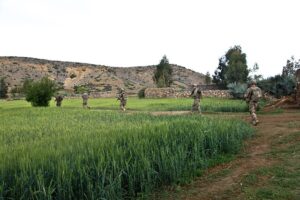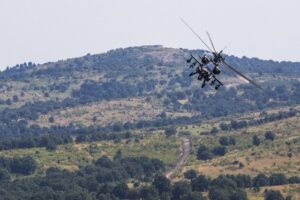
Navigating at night with a group requires careful planning and reliable equipment. Flashlights for outdoor guides and instructors play a pivotal role in ensuring safety, efficiency, and morale during nocturnal excursions. This article delves into the essential features of high-quality flashlights, strategies for optimizing light in diverse terrains, and the critical aspects of light output and beam distance for group navigation. Additionally, it explores battery life considerations for extended outings and highlights innovative technologies enhancing flashlight performance. Outdoor professionals will benefit from training tips on effective flashlight usage and best practices to guarantee a successful nighttime journey.
- Understanding the Role of Flashlights in Group Night Navigation
- Key Features to Look for in a High-Quality Flashlight for Outdoor Groups
- Strategies for Effective Flashlight Utilization in Varied Terrain and Conditions
- The Impact of Light Output and Beam Distance on Group Safety and Morale
- Battery Life Considerations for Multi-Day or Extended Nighttime Excursions
- Innovative Flashlight Technologies: LEDs, Rechargeable Batteries, and Weatherproof Designs
- Training Tips for Outdoor Guides and Instructors on Flashlight Usage and Best Practices
Understanding the Role of Flashlights in Group Night Navigation
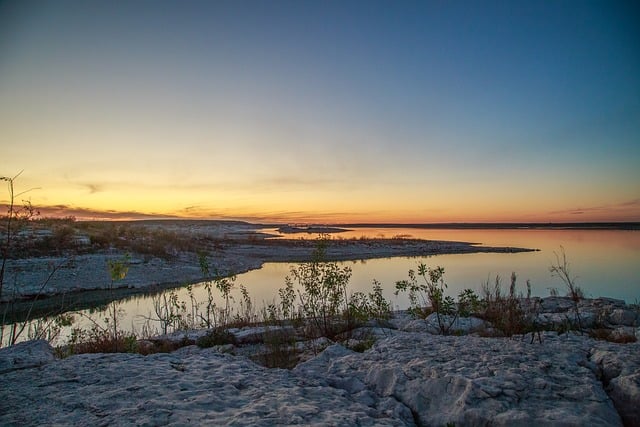
Key Features to Look for in a High-Quality Flashlight for Outdoor Groups
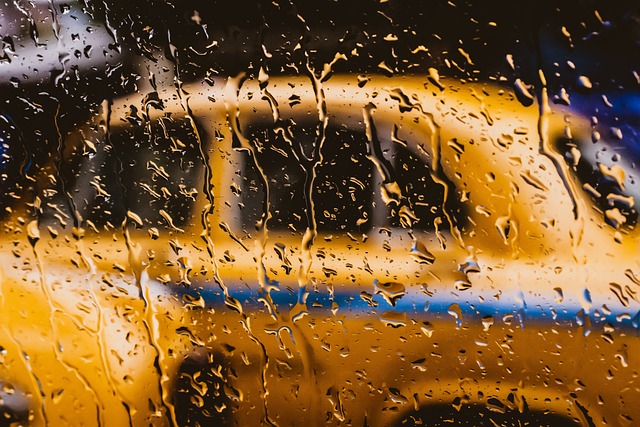
When selecting a high-quality flashlight for outdoor group navigation at night, several key features should be prioritized to ensure both safety and efficiency. Firstly, brightness level is paramount; flashlights for outdoor guides and instructors should have a high lumen output to illuminate paths, trails, and campsites effectively. This is crucial for preventing accidents and ensuring the group can navigate through various terrains with confidence. Additionally, durability cannot be overstated; a robust construction will withstand the rigors of outdoor use, including drops, water exposure, and rough handling by multiple users. A flashlight designed for outdoor guides and instructors should also feature a reliable and easy-to-use interface, allowing for quick adjustments to brightness levels without fumbling in low light conditions.
Moreover, the beam pattern is an essential factor. A focused beam with a wide spill can help guide members through dark environments while preserving night adaptation. Look for flashlights that offer both a flood and spot beam setting to adapt to different scenarios, from close-up tasks to distant landmark identification. Battery life is another critical consideration; high-capacity rechargeable batteries or long-lasting alkaline options will ensure the flashlight remains operational throughout the group’s activities. Lastly, additional features such as multiple power settings, weatherproof construction, and a comfortable grip are valuable for outdoor guides and instructors to enhance the user experience in unpredictable environments. These features collectively contribute to a flashlight’s effectiveness as an indispensable tool for outdoor group navigation at night.
Strategies for Effective Flashlight Utilization in Varied Terrain and Conditions

When embarking on nocturnal navigation with a group, the effective deployment of flashlights is paramount for ensuring safety and efficiency. Flashlights for outdoor guides and instructors should be selected based on their lumen output, beam distance, and durability, as these factors will influence visibility across diverse terrains and conditions. For open areas such as plains or desert landscapes, a powerful flashlight with a wide beam can illuminate the path ahead and reveal potential obstacles or changes in terrain. In contrast, wooded or forested environments may require a focused beam to penetrate through the dense foliage and underbrush. Additionally, waterproof and shock-resistant models are essential when traversing areas prone to wet conditions or rugged terrains, ensuring that the light source remains operational despite environmental challenges.
Operating flashlights in unison can enhance group visibility, but it’s important to coordinate patterns to avoid disorientation. Guides should lead with a bright light, casting a clear path forward, while instructors at the rear can use dimmer lights to maintain a level of ambient illumination, reducing the likelihood of tripping or stumbling over uneven ground. When navigating through complex terrain such as rocky outcrops or steep inclines, individual group members should carry their own flashlights, allowing each person to focus on their immediate surroundings. This approach not only distributes the light but also enables individuals to adapt their beam intensity and angle according to personal needs. In all conditions, it’s crucial for guides and instructors to be well-versed in flashlight techniques, such as using diffusers or red lenses that preserve night vision and minimize the impact of light pollution on the surrounding environment. By employing these strategies, outdoor guides and instructors can maximize the effectiveness of flashlights, ensuring a safe and successful group navigation experience at night.
The Impact of Light Output and Beam Distance on Group Safety and Morale

When navigating in low-light or nocturnal environments, the impact of a flashlight’s light output and beam distance on group safety and morale cannot be overstated. For outdoor guides and instructors, the right lighting equipment is paramount to ensure visibility of the terrain ahead, as well as to maintain the group’s path in a cohesive and safe manner. A high-quality flashlight with a robust light output serves to illuminate potential hazards or obstacles, allowing for proactive decision-making and risk mitigation. The beam distance of a flashlight directly influences how far into the environment the guide can see, which is critical when leading a group through unfamiliar or challenging terrains. A longer beam distance enables guides to scout ahead, providing reassurance to participants that their path is well-lit and safe. Furthermore, a well-designed flashlight with adjustable brightness settings can prevent disorientation and protect the night vision of both the guide and participants, enhancing overall morale as individuals feel more secure in their surroundings. Flashlights For Outdoor Guides And Instructors should be selected based on their lumen output and beam characteristics to ensure they meet the diverse needs of a group under various conditions, from dense forests to open fields, providing essential support for a successful and enjoyable outdoor experience.
Battery Life Considerations for Multi-Day or Extended Nighttime Excursions
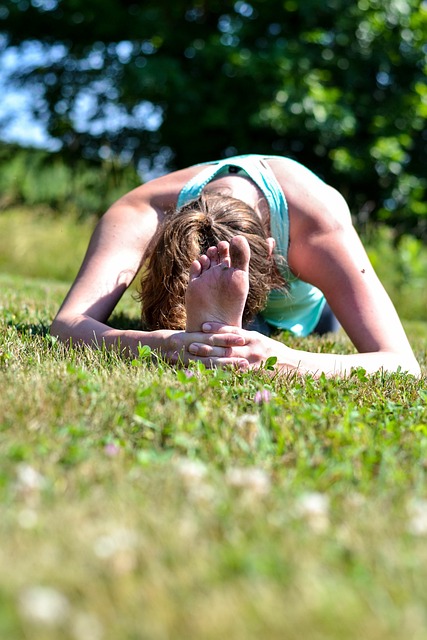
When planning for multi-day or extended nighttime excursions, the reliability of a flashlight’s battery life is paramount. Outdoor guides and instructors must prioritize flashlights that offer long-lasting performance to ensure safety and efficiency during these adventures. High-quality flashlights designed for outdoor use typically feature advanced LED technology with multiple brightness settings, allowing users to conserve power when full illumination isn’t necessary. These settings can extend the battery life significantly, which is particularly useful when the group is navigating over several days. Additionally, the best flashlights in this category often come with high-capacity rechargeable batteries or are compatible with external battery packs. This not only reduces the need to frequently replace disposable batteries but also minimizes the overall weight carried by the group. Guides and instructors should look for models that provide clear indicators of battery status, ensuring they can make informed decisions about when to conserve power or switch to reserve modes. By carefully considering battery life in flashlights for outdoor guides and instructors, one can mitigate the risks associated with navigating in low-light conditions over extended periods, thereby enhancing the overall experience and safety of the excursion. Flashlights that are built to withstand the rigors of outdoor use and that offer regulated output to prevent sudden battery drain are indispensable tools for any guide or instructor leading a group through the night.
Innovative Flashlight Technologies: LEDs, Rechargeable Batteries, and Weatherproof Designs

When embarking on nighttime navigation with a group, reliability and visibility are paramount. Innovative flashlight technologies have significantly enhanced the experience for outdoor guides and instructors. LEDs have become the cornerstone of modern flashlights due to their longevity, energy efficiency, and bright light output. These semiconductor light sources provide a clear and focused beam that can illuminate the path ahead, ensuring group members can navigate uneven terrain or dense foliage with confidence. Additionally, advancements in rechargeable battery technology have eliminated the need for frequent battery changes, which was a common issue with older flashlight models. These batteries offer a consistent and powerful energy supply, allowing the LED light to shine brightly throughout the longest of excursions. Moreover, as guides lead their groups through various environments, from damp forests to arid canyons, weatherproof designs protect the flashlights from the elements. This durability means that the light source remains operational, providing a steady hand in potentially challenging conditions. Outdoor guides and instructors can rely on these flashlights for outdoor activities, trusting in their performance and safety, regardless of the time of day or weather conditions they may encounter.
Training Tips for Outdoor Guides and Instructors on Flashlight Usage and Best Practices
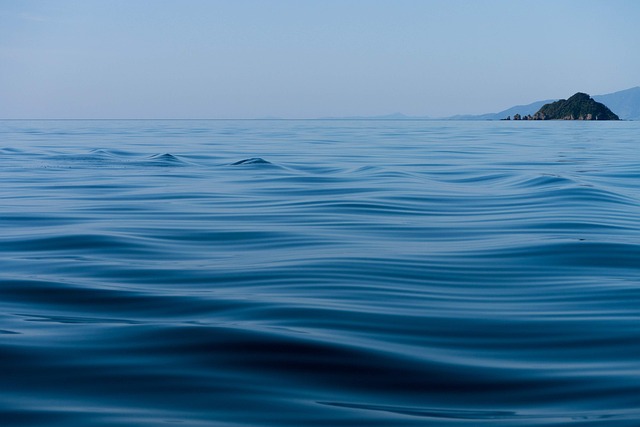
When leading groups through outdoor environments at night, flashlights for outdoor guides and instructors become indispensable tools. To effectively navigate and ensure the safety of participants, it’s crucial to master flashlight usage. Outdoor guides and instructors should undergo training that emphasizes the proper handling and application of flashlights. This includes understanding the different types of beams available – from spotlights for long-distance illumination to floodlights for broader areas – and selecting the appropriate one based on the terrain and task at hand. Training should also cover the maintenance of flashlights, including regular cleaning and battery checks to prevent unexpected failures when most needed.
Moreover, instructors must teach the importance of conserving battery life by using flashlights judiciously. This involves practicing techniques such as dimming the light when full visibility is not necessary or using red filters to preserve night adaptation while still providing enough light for tasks. Additionally, guides should be adept at communicating with their group using flashlight signals, which can range from signaling for help to indicating directional changes or hazards ahead. By integrating these best practices into training programs, outdoor guides and instructors can enhance the safety and efficiency of nighttime navigation, ensuring a more enjoyable and successful experience for everyone involved.
Group navigation at night presents unique challenges that require careful consideration and the right tools. A high-quality flashlight, tailored for outdoor guides and instructors, is indispensable in ensuring both safety and morale among participants. When selecting a flashlight, factors such as light output, beam distance, and battery life become critical, especially during extended excursions. The latest innovations in LED technology, rechargeable batteries, and weatherproof designs further enhance their utility and reliability. By incorporating the strategies detailed in this article for effective flashlight utilization across diverse terrains and conditions, outdoor guides can significantly improve navigation outcomes. Proper training in flashlight usage, as outlined in our best practices section, is essential to maximize these tools’ potential. In conclusion, a well-chosen flashlight for outdoor guides and instructors is not just a source of light but a vital component in the successful navigation and safety of groups under the cover of darkness.




